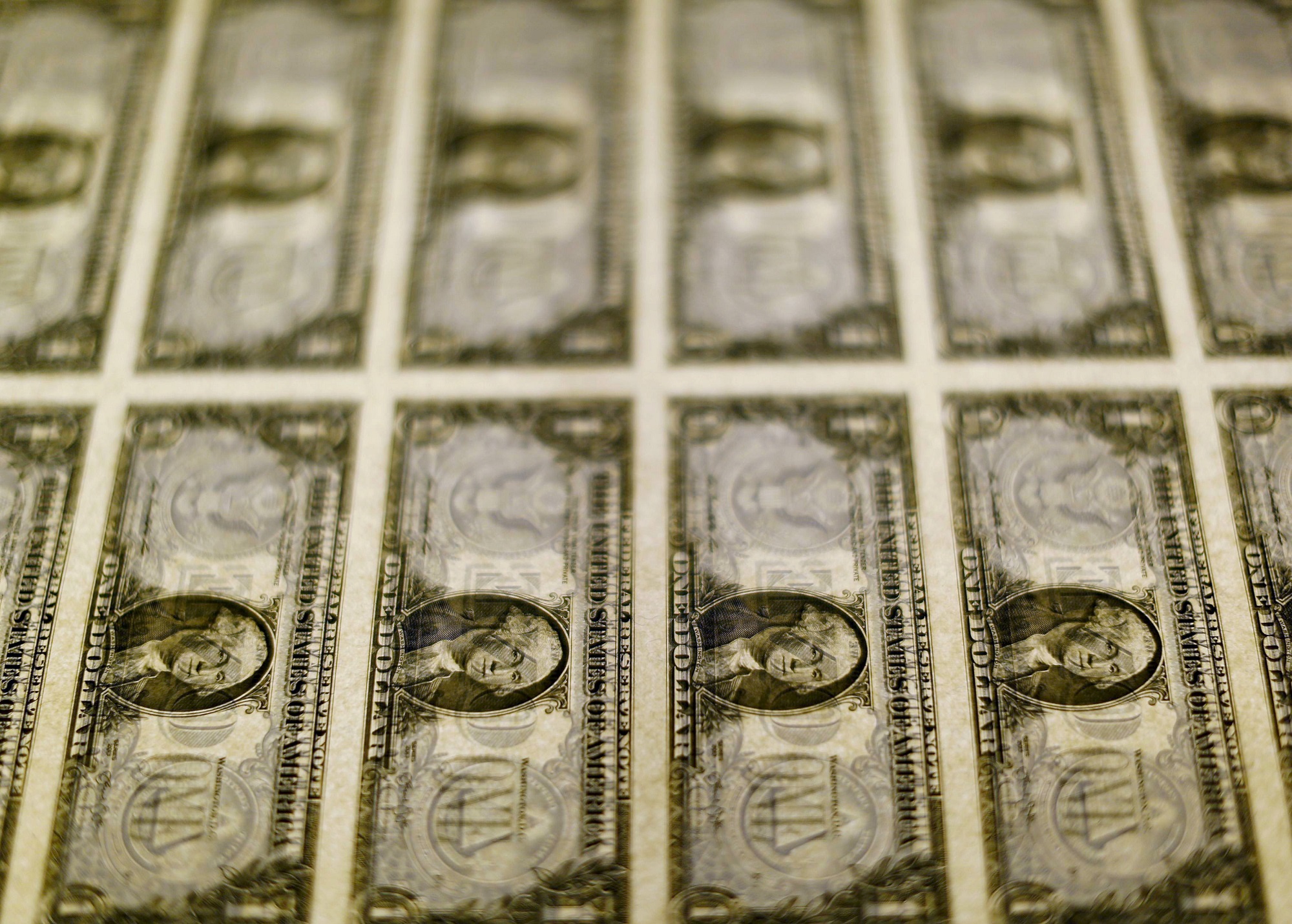Federal Reserve The US Federal Reserve presented its 2021 economic forecast on Wednesday. After months of cautionThe prospect of a rapid recovery from the epidemic, Thanks to President Joe Biden’s $ 1.9 trillion stimulus plan And a good vaccination pace, has led to cautious optimism in the institution, leading to improved growth prospects in a country where consumption is already delivering a level similar to what it was before the pandemic: GDP will expand 6.5% in 2021. The main risk now hanging over the world’s second largest economy is inflation.
After a year with the money rate freezing at around 0% and massive asset purchases, the main question was whether the Fed had kept the emergency autopilot on the line out of the crisis, or responded to stimulus signals from the real economy, raised interest rates and cut bond purchases. . The initial increase in any case heralded difficult decisions by Jerome Powell, Chairman of the Federal Reserve, announcing that interest rates would remain at a minimum (the reference rate remains in the range between 0% and 0.25%), despite increased growth and inflation in the short term. .
Against the organization’s latest macroeconomic forecastIn December, consisting of growth of 4.2% this year, with core inflation of 1.8% and an unemployment rate of 5%, the central bank expects this year, in addition to more pronounced growth, a lower unemployment rate, 4.5%, and a slightly higher inflation (2.4%). , Four-tenths higher than Powell had been keeping for months), with no changes to the projections for 2022 and 2023.
Fear of inflation picking up due to what is expected bubble Consumption in the spring and summer, when the majority of the US population is theoretically vaccinated – roughly 2.5 million doses are given daily – that has aroused suspicions from most analysts. Some economists have warned about that Overstimulation It could overburden the economy. These have even hinted at the increased risk of inflation returning to levels not seen since the 1970s, which could force the Fed to raise interest rates much earlier than many expect, and possibly as early as next year. However, we at Pimco believe that the operational risks of a 1970s-style inflationary cycle are relatively low, even if the spending is large compared to the current size of the production gap. More importantly, Tiffany Wilding, an economist at US investment firm Pimco, said an excessive focus on inflation concerns could neglect the financial stability issues that are likely to affect the markets.
For a year, after the pandemic was declared and the near-complete shutdown of economic activity, the Federal Reserve kept the US economy alive thanks to a ventilator that included the monthly purchase of 120 billion Treasury bonds and home equity loans, a policy that kept credit cheap and helped the economy cope with the onslaught. The virus destroyed 10 million jobs. Throughout 2020, officials have reiterated that they will continue at this rate until they see “substantial” economic progress, so it was also expected that a more accurate determination of how much and when was considered “substantial” from the meeting. He does not seem to expect any changes, at least in the short and medium terms.
The yield on 10-year Treasury notes last week exceeded 1.60%, and this Wednesday it rose to 1.67%, the highest level since February 2020. Wall Street stocks followed a decline in bond prices, led by the technology sector. The S&P 500 index fell 0.4% in New York, while the Nasdaq technology sank more than 1% at the opening of the session on Wednesday. After the Fed’s 2021 roadmap was announced, both indicators cut losses.

/cloudfront-eu-central-1.images.arcpublishing.com/prisa/QWJM4UQE4QXTP3FHEJELSQ72YY.jpg)



